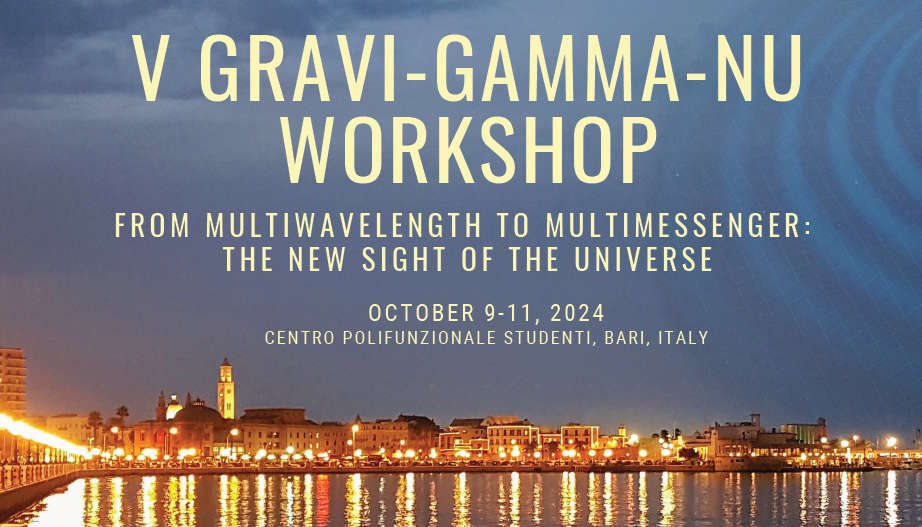Speaker
Description
The flat spectrum radio quasar OP 313 showed extremely intense $\gamma$-ray activity from November 2023 to March 2024, as observed by the Large Area Telescope on board the Fermi Gamma-ray Space Telescope. This initiated a large number of follow-up campaigns at all wavelengths, resulting in a confirmation of the increase of the source activity from the radio to very high energy (VHE) bands. Remarkably, it also led to the first detection of the VHE emission from OP 313 by the Large-Sized Telescope (LST-1) of the Cherennkov Telescope Array Observatory at La Palma and it is also the most distant Active Galactic Nuclei detected at these energies.
We present a multi-wavelength analysis covering 15 years of Fermi-LAT observations, from August 2008 to March 2024. From the Fermi-LAT study of the 15-year light curve, we identify different periods of activity, called flaring periods, and quiescent states of the source. The $\gamma$-ray lightcurve is then compared with the data available from other instruments. We include X-ray and ultraviolet data collected by the Neil Gehrels Swift Gamma Ray Burst Explorer instruments XRT and UVOT. The optical dataset is from different projects: Catalina Real-Time Transient Survey (CRTS), Katzman Automatic Imaging Telescope (KAIT), Tuorla telescope, ATLAS, and Palomar ZTF data. The radio data in the different frequencies include the FERMI-GST AGN Multi-frequency Monitoring Alliance (F-GAMMA) public data from 2.64 to 14.60GHz, the MOJAVE public data at 15GHz, the Submillimeter Array (SMA) public data at 300 and 353GHz, Metsähovi data at 37GHz and the VLBA-BU-BLAZAR data at 43GHz. Using this wide multi-wavelength dataset and studying the kinematics of the jet, we want to find the mechanisms that are producing the flaring activity of the galaxy. This approach helps us to understand the mechanisms involved in particle acceleration inside the jet, and how radiation in different wavelengths is connected in OP 313.

